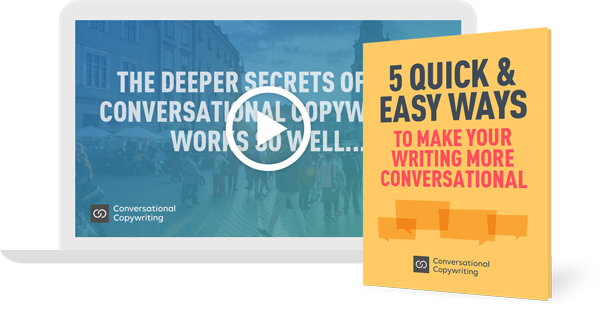
In a fast-moving world of texts and selfies, it’s easy to imagine the days of holding long and meaningful conversations are behind us.
The idea of two people sitting down in deep conversation can feel a little quaint. Romantic even.
Who has time for that, right?
Not so fast.
Pretty much every important relationship in your life began with a conversation. Or a series of conversations.
Think of your best friend at primary school. At high school. At college.
You grew to know each other and forge lasting friendships through the conversations you had together.
Sure, you did stuff together too. But you had a ton of great conversations.
Think of the first date you had with your significant other.
Think of the interview you sat through to get your job.
All relationships begin with a conversation.
Those same relationships grow and prosper as a result of ongoing conversations.
And think of the bonds created within your family by conversations shared around the table during holiday meals and celebrations.
All relationships are nurtured by conversation and, in the absence of conversation, they can quickly wither and die.
You might even go as far as the poet and author, David Whyte, who famously stated:
“The conversation is the relationship.”
But companies can’t have conversations with all their customers, can they?
Perhaps not.
Although companies do have multiple opportunities to connect with their prospects one-on-one, through customer service channels and social media.
For the purposes of social media alone, every company should be working to develop a more conversational voice.
And therein lies the heart of what companies CAN do to tap into the power of conversations.
They can develop that conversational voice.
What, exactly, is a conversational voice?
It isn’t formal and corporate, that’s for sure.
Nor is it overly promotional or pushy. Although there’s no reason it can’t be persuasive.
At it’s best, a conversational voice is open, authentic and given to occasional bouts of passion.
It feels more human than the “business voices” we are used to hearing.
It feels more honest than the “promotional voices” that shout at us from ads both offline and on.
It’s a voice we feel comfortable listening to.
A voice we can trust.
There’s a huge opportunity here for copywriters and marketers.
Most companies aren’t even on the starting blocks when it comes to developing their conversational voice.
They’ve barely thought about it. Maybe not at all.
And that means people like you and me can step up and introduce our clients and colleagues to the power of conversation writing in business.
As I outlined in an earlier post, there’s no shortage of ways to pitch yourself as a conversational copywriter or marketer.
Remember, all relationships start with a conversation.
That’s true for you when you approach a client for the first time.
And it’s true for your client every time they reach out to their own prospects and customers.
Note: Conversational copywriting doesn’t just happen. It’s a craft to be learned. Find out about the Conversational Copywriting course here…
